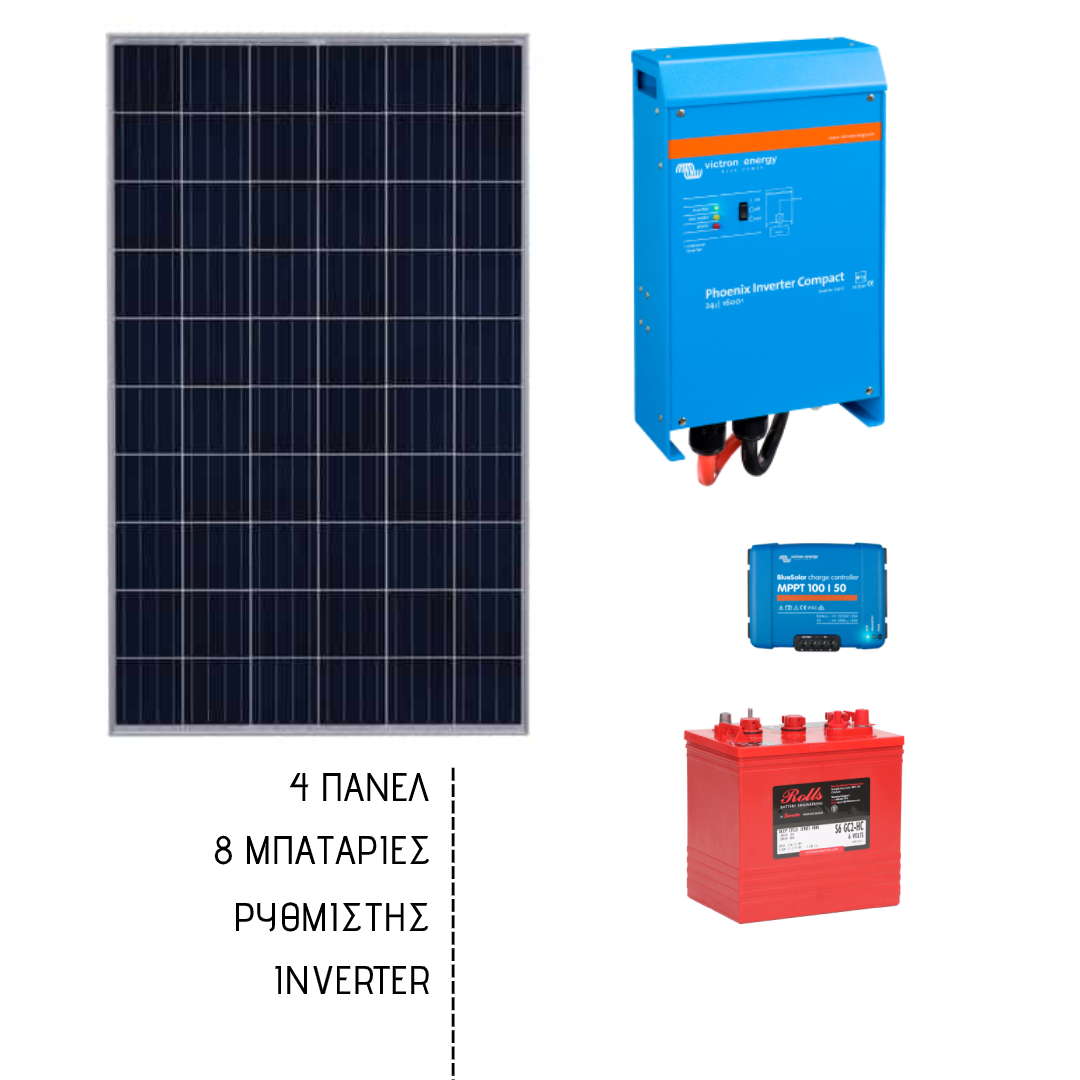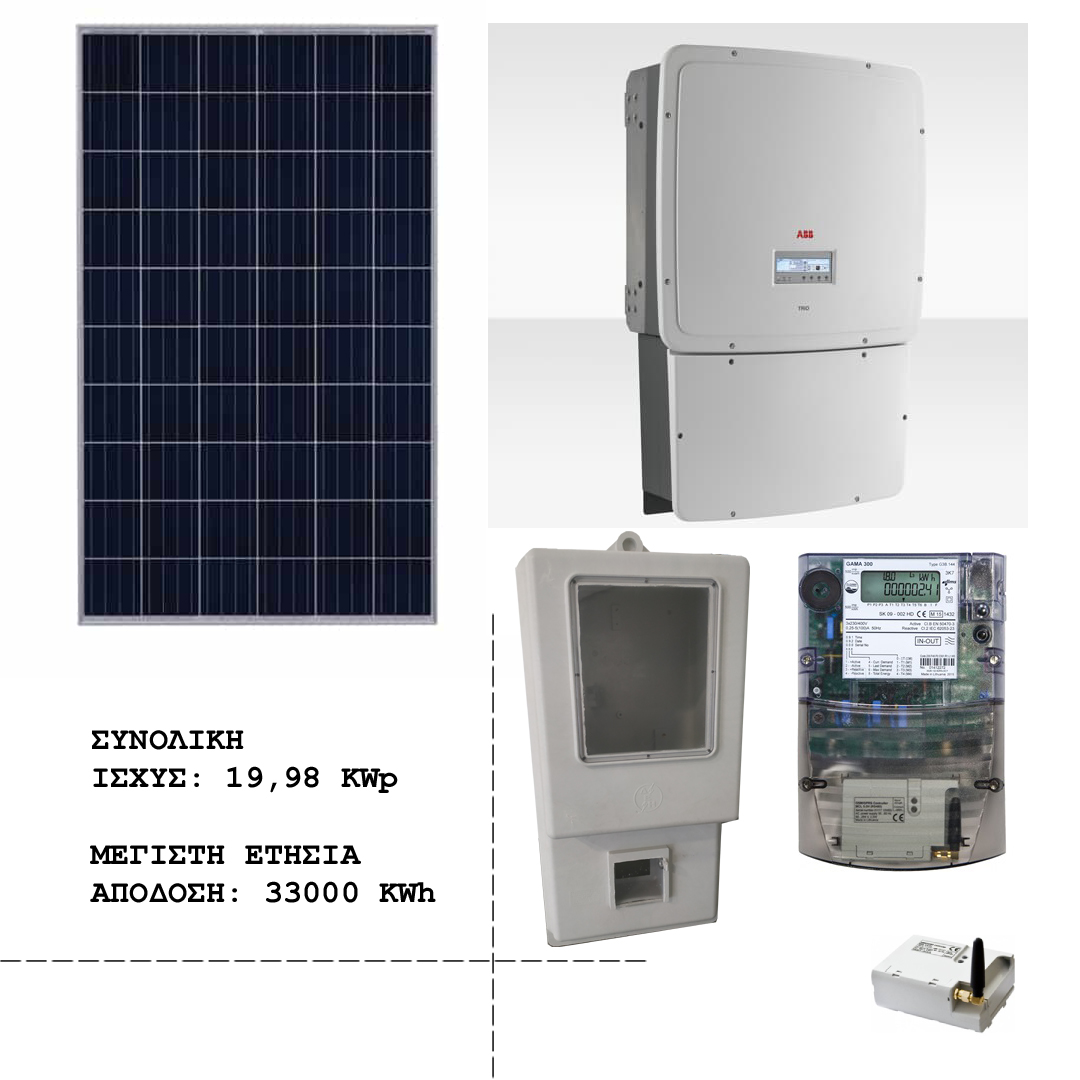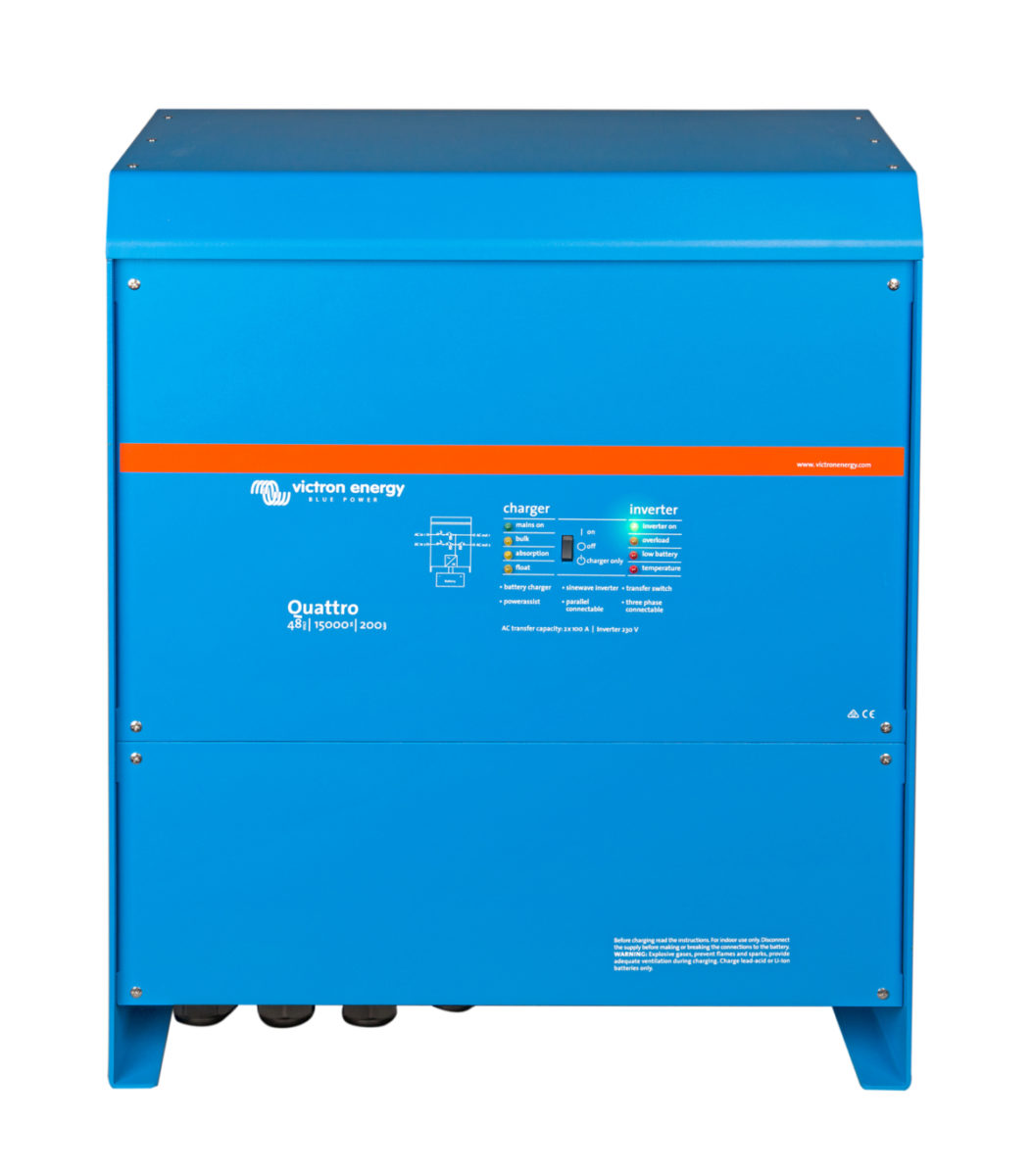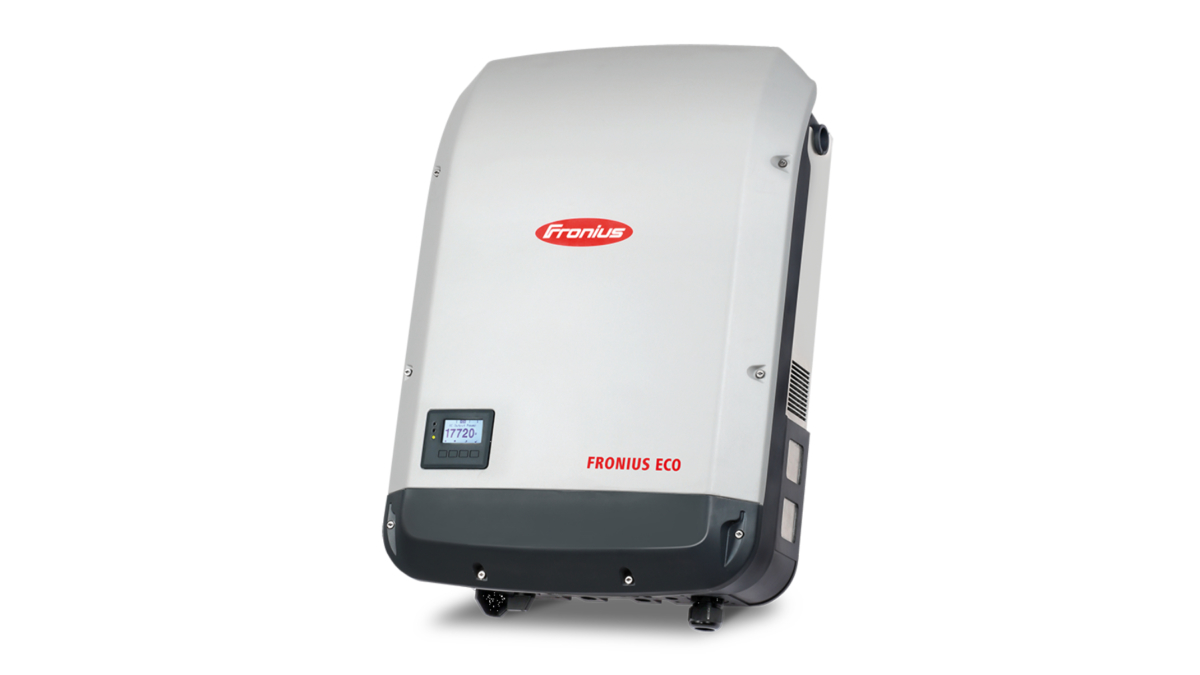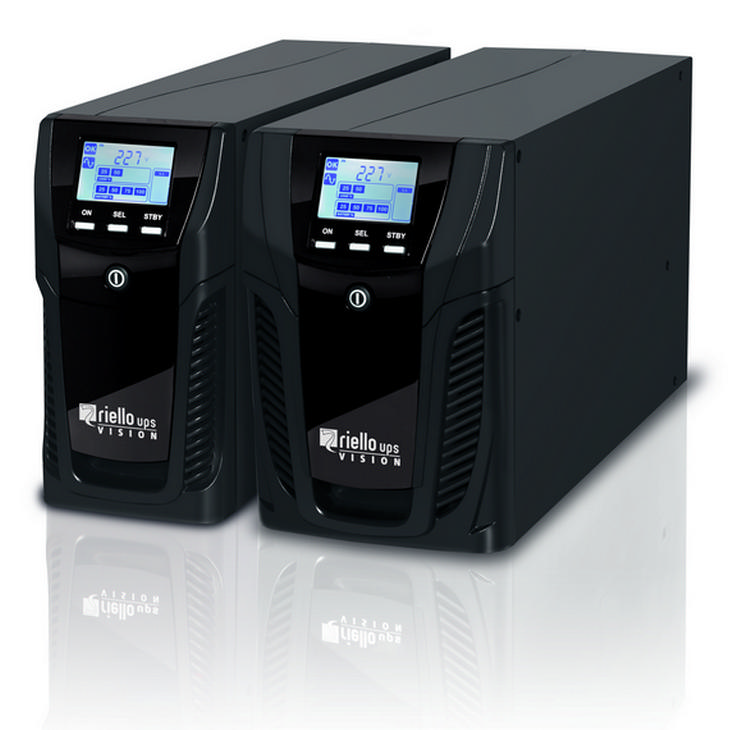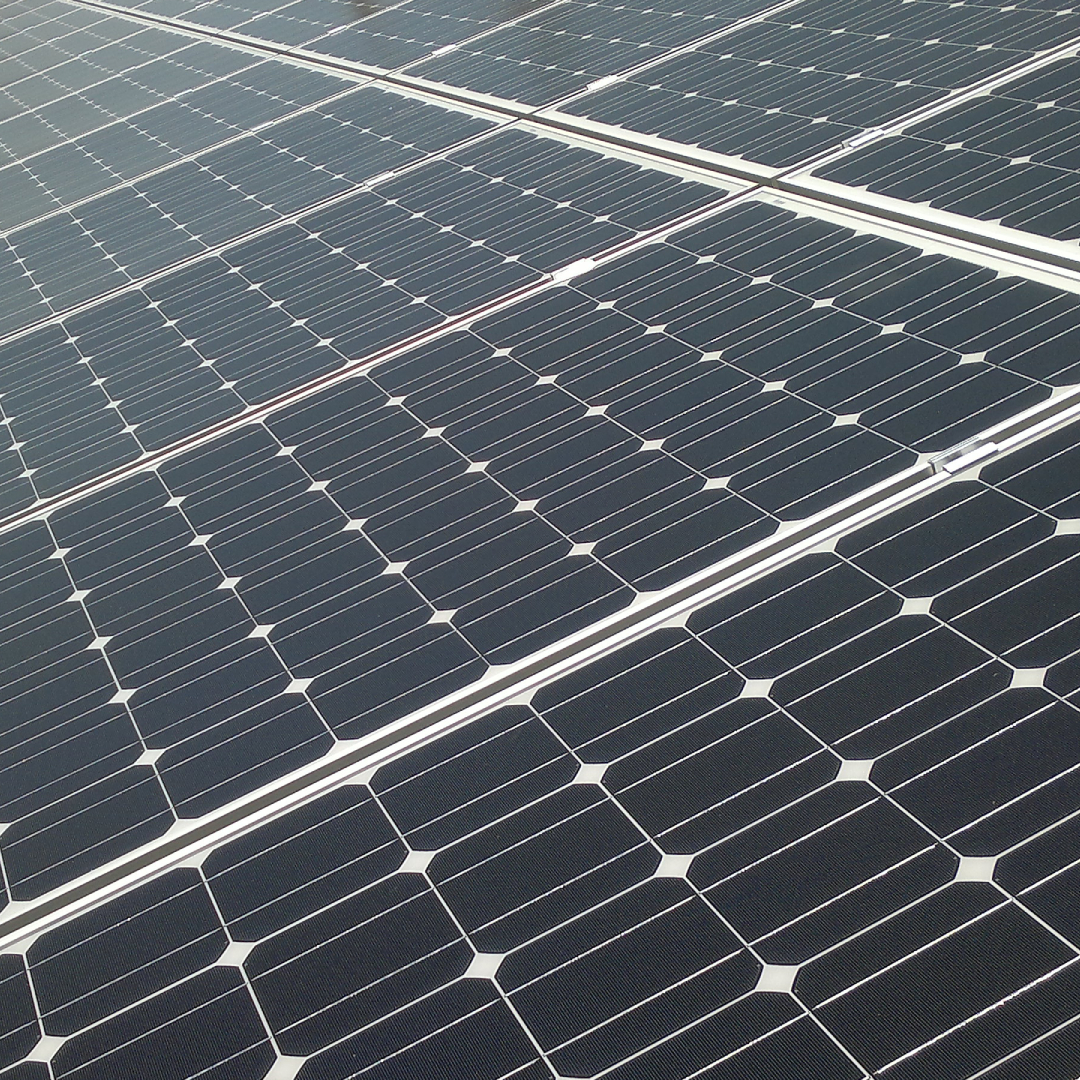Off-grid systems
In cases where the cost of connecting to the network is high as well as in cases where the use of the property is periodic, such as use only in the summer months or use only on weekends with consumptions such as refrigerator-lights-TV, installing an off-grid system is the best solution most of the time.
In cases where there is already a connection to the grid, a record of the energy needs and a study by an experienced technician should be made to see if it is advantageous to make an autonomous system or a self-production system (net-metering) interconnected with the grid.
Many times we have heard people who have installed a standalone system complain that they have spent money and their system does not cover them or keeps having problems.
This is true when a system is not properly designed and dimensioned from the beginning or when the equipment selected or suggested by the installer does not meet the customer's needs either out of ignorance or deliberately to reduce the customer's cost and even worse to increase his profit installer or seller.
Unfortunately, the multitude of online shops that deal with autonomous photovoltaics promote poor quality Chinese equipment that not only do not meet basic specifications but often deceive with their technical characteristics.
By choosing branded products we ensure proper operation during the lifetime of the machines and we are sure that the money we will allocate corresponds to the quality promised by the manufacturer.
We only choose branded products from well-known manufacturers with proper technical coverage and from factories that have been in their industry for many decades.
In the area of autonomous systems, the rule "What you pay for, you get" applies 100%!!!
We can start with a smaller system when the cost is high to set up the larger system from scratch where ideally we would like and gradually expand it to reach the desired result.
In any case, the technical consultant we chose to guide us is responsible for not making mistakes that cost money.
Do not hesitate to call the technical team of Solar-shop.gr to dimension your system together.
First of all, what we need to know is the final desired size of the system to know where we want to reach.
As far as photovoltaics and charge controllers are concerned there is no problem as during expansion we can easily add additional panels with their own controller to the existing batteries.
The problem of expansion is mainly focused on the converter (inverter) which must either be chosen from the beginning of a higher power model or ideally choose a converter with the possibility of parallelization.
As far as batteries are concerned, in most cases we can add to increase the capacity of our warehouse, but we must consult our technician so that the expansion does not end up being unprofitable.
Under no circumstances do we place different batteries together either in type or capacity.
As a rule, open-type batteries are the best solution in terms of price-quality, they have a longer life and can give us more charge-discharge cycles.
Their "disadvantage" is that they need a relative maintenance and require our control periodically and more often in the summer months.
Closed-type batteries are mainly recommended either for smaller systems or for installation points where the equipment is in direct contact with humans, such as small one-room houses where the equipment is in the same space as the bed or the kitchen. In these cases open type batteries are not recommended due to fumes.
When choosing batteries, pay attention to both the company that manufactures them and their technical characteristics. (look up the manufacturer to see if it's a big factory or a no name product that someone baptized with a fancy name)
In small systems, even if the wind potential is good enough to support it, you do not recommend a wind turbine because we can get the energy we need, even in the winter months, more economically by adding a few more panels to our system.
In larger systems with large consumptions during the winter months or during the night we can add a wind turbine to cover our needs.
We must always bear in mind that a wind turbine is a mobile mechanism and needs maintenance, while photovoltaics do not need more than cleaning with simple water.
The second thing to be aware of is that most small and economical wind turbines brake with a short circuit in order not to exceed their endurance limit, with the result that in prolonged strong gusts of wind the power of the short circuit "breaks" and they burn.
Only the largest and most expensive wind turbines with serious construction have mechanical brakes and are not at risk from high wind speeds.
As a rule, in small systems with 1-2 panels we work at 12 Volt battery voltage as we respectively need 1-2 12 volt batteries to cover us.
When we want to install a larger system or when we intend to expand the system in the future, we choose to set it to 24 Volt.
For very large systems and for reasons of proper current management as well as saving money during expansion, it is preferable to work at 48 Volts.
Having basic knowledge of electrical engineering, someone with the appropriate guidance can do the installation by himself after first consulting an experienced technician on the choice of his equipment, as well as the points to pay attention to when connecting the equipment.
Nevertheless the voltages and currents in a photovoltaic system are large and guarantee risks both for the destruction of the equipment with a wrong connection and against the physical integrity of the person involved with the equipment.
In any case, it is recommended to entrust the installation of the equipment to an experienced installer with knowledge in the field of autonomous systems.
In order to correctly dimension a system, we need to know the daily consumption in Kwh, the use of the system within 24 hours, the sunshine of the area where the installation will take place and the instantaneous power W of the devices that will be connected.
Inside Solar-shop.gr you will find the special form we made for you that will help you to easily calculate all the requirements and choose the right equipment so that you don't spend money unnecessarily and that the equipment meets your needs.
Having chosen branded equipment you take advantage of the solvency of the manufacturers' warranty and their distribution and support network.
Low-quality products from individual imports do not offer a proper warranty and often not even technical support from their own importers.
At Solar-shop.gr we are always at your disposal to help with any problem that may arise and we are happy to provide you with any technical information you need both during the product selection stage and after the sale, as we do in our physical store Atomon – techmology year now building trusting relationships with our customers.
NET-METERING or ON-GRID SYSTEM WITH PHOTOVOLTAICS
Net-metering or self-generated with photovoltaics is the energy netting of produced and consumed energy.
These systems are connected to the grid without a battery and feed the generated energy directly into the grid after it has been metered.
The energy produced is recorded and subtracted from the total energy consumed. In case the energy produced is equal to the energy consumed, there is no energy charge from the provider. In case the energy consumed is greater than the system's production, the extra energy requested from the network will be charged, while in case there is a surplus of energy, it will be carried over to the next year as surplus.
The charge for regulated charges such as ETMEAR and network usage costs become based on the energy requested by the provider, which simply means that the more the generation coincides with the consumption, the greater the profit for the user who has installed a self-generation system.
As far as HYKOs are concerned, the charge is made for the total energy consumed.
A self-production system with photovoltaics is allowed to be placed either on the roof of the building or in an area adjacent to the building on the ground or in pergolas or canopy as long as these are legally existing.
It is possible to place in any legal building that is in the possession of the interested party and either it is privately owned or it is in its possession with a lease agreement.
In cases where there is co-ownership, the written consent of all co-owners should be secured.
The calculation of the size of a system is based on the consumption in KWh / year and we can easily calculate them from the settlement bills of a year. It is recommended to look at the annual consumption 2-3 years back to be sure of the maximum consumption of the building.
A qualified technical consultant is able to tell you precisely the required power of the photovoltaics we need if we give him the above information.
At Solar-shop.gr we have created a special form where you can enter the annual consumption and the required system will be automatically calculated.
The maximum permitted power that can be installed per system is related to the 'maximum agreed power' shown on our bill and is subject to restrictions depending on whether it is a system on the mainland interconnected network or the non-interconnected network.
In the Interconnected System (mainland and interconnected islands) the power of each PV system can be up to 20 kWp or up to 50% of the agreed power of the consumption facility (in kVA), if the latter size exceeds 20 kW.

In the Non-Interconnected Islands (NIEs) the power of the PV systems can be up to 10 kWp and especially in Crete up to 20 kWp or up to 50% of the agreed power of the consumption installation (in kVA), if the latter size exceeds 10 kWp or for in Crete the 20 kWp
In any case, the maximum power of a PV system to be installed on the Non-Interconnected Islands cannot exceed the limit of 50 kWp for Crete and 20 kWp for the other Non-Interconnected Islands.

The depreciation of a system depends on factors such as whether it is for domestic or commercial use and on the degree of synchronization of production with consumption.
A system in a business can make amortization in several cases in less than 4 years while in a house in about 6-8 depending on the case. The contract with the provider is for 25 years.
To connect a system, you require the compilation and submission of the file to DEDDIE with all the technical data and proof of use and legality of the building to be installed.
Then the relevant network connection and netting contracts are signed with the provider and the project is accepted by the network's technical workshop.
In any case, insist that the entire process be assigned to an experienced office to undertake the process from the compilation of the file to the implementation and the final connection to the network.
Entrust the investment of your money to companies with a lot of experience and a number of facilities to their credit.
Entrust the investment of your money to companies with a lot of experience and a number of facilities to their credit.
On the other hand, don't decide to pay much more than the average of the offers you got or the market research you did because you won't get anything more than the offers that are in the average market price.
At Solar-shop.gr we have all the necessary experience in our physical store Atomon-technology having implemented hundreds of projects since 2006 and we can undertake your project from start to finish with the best price-quality ratio on the market both in our services as well as the products we sell.

